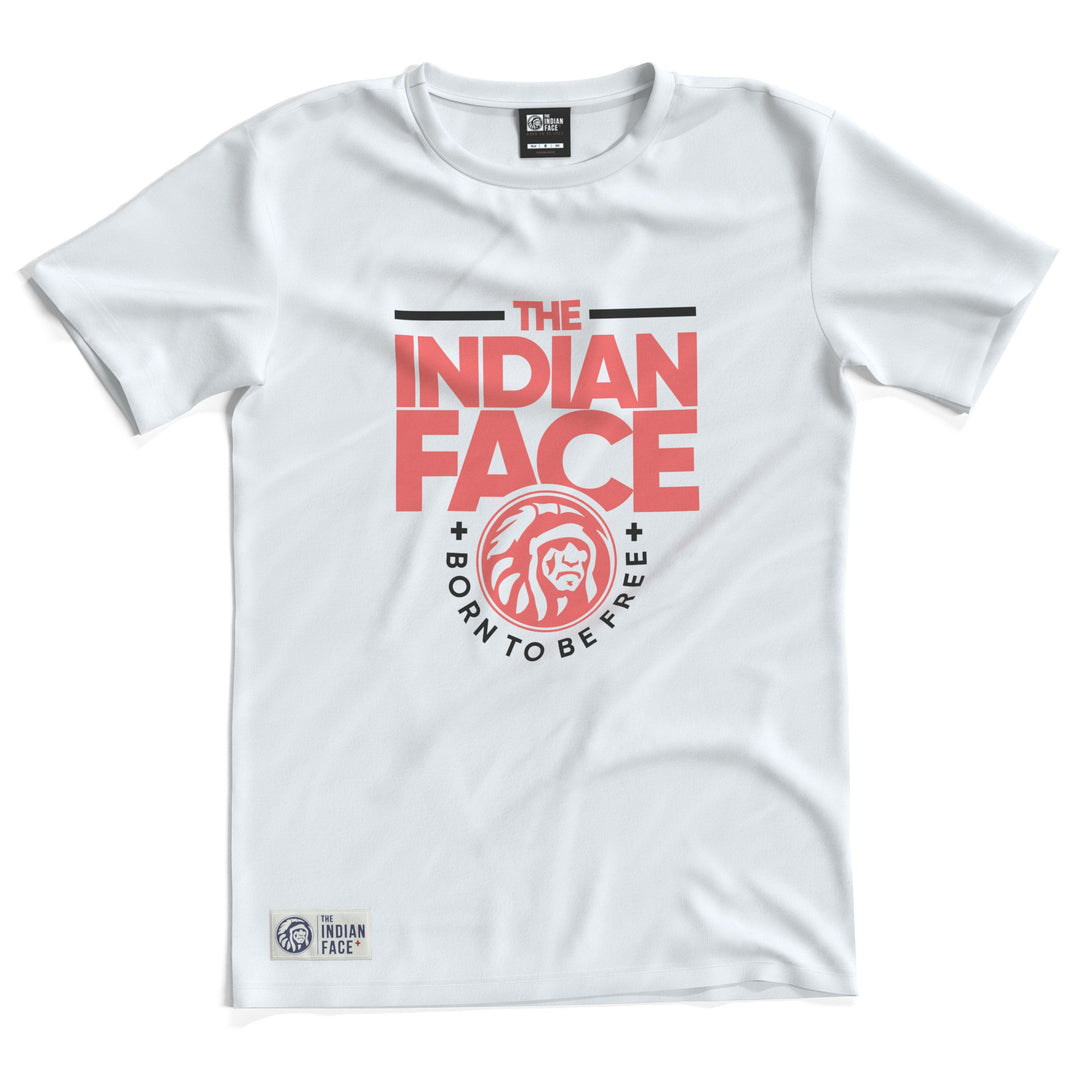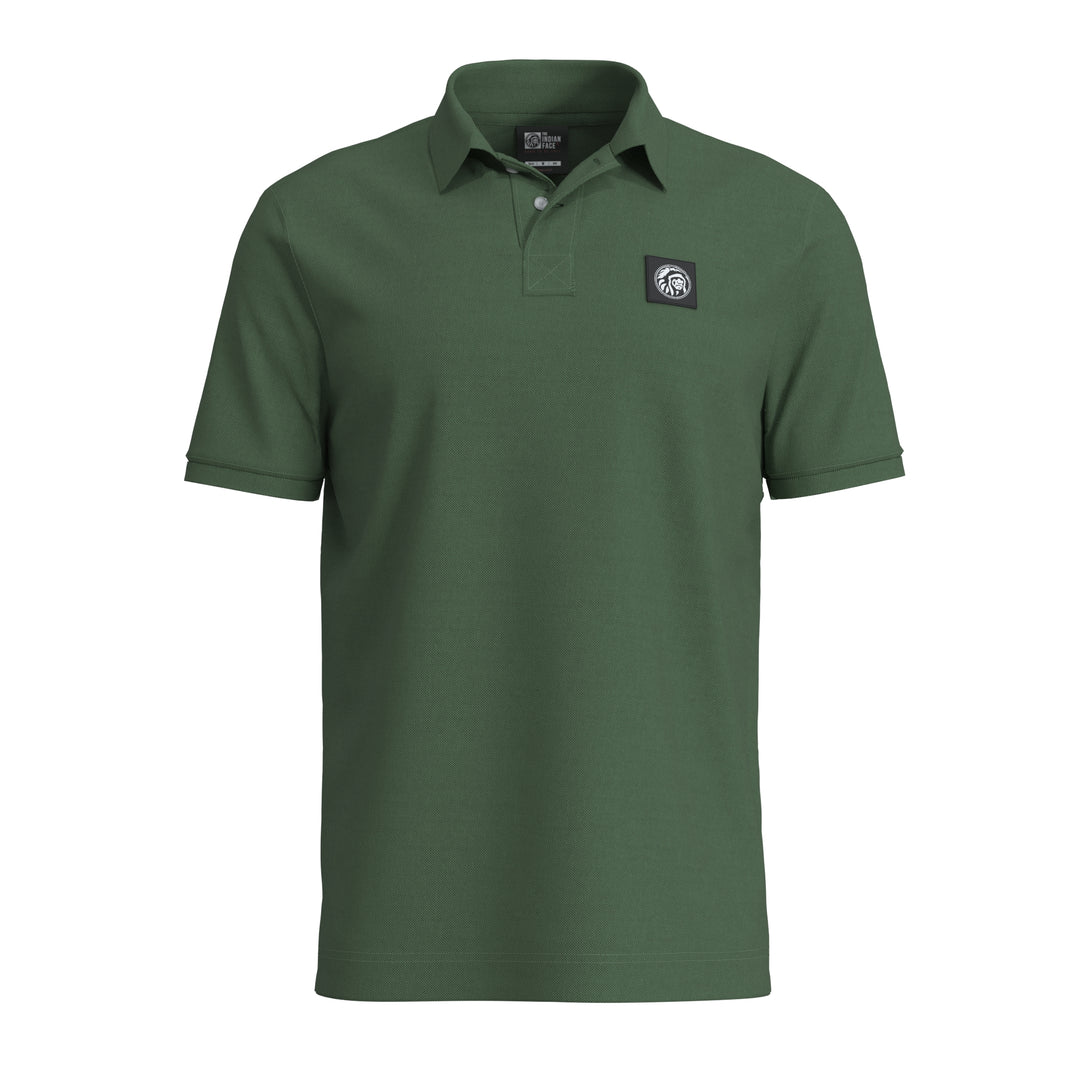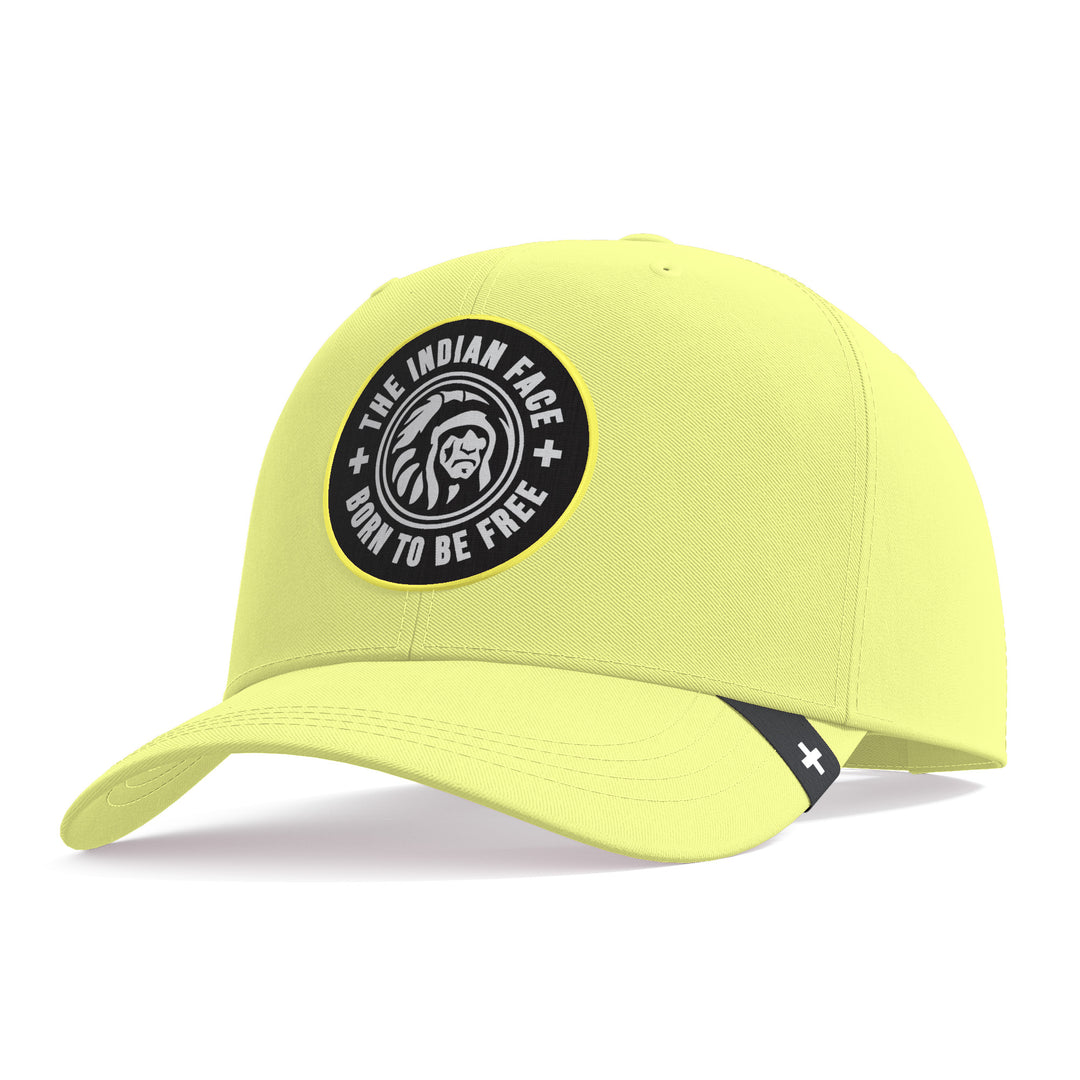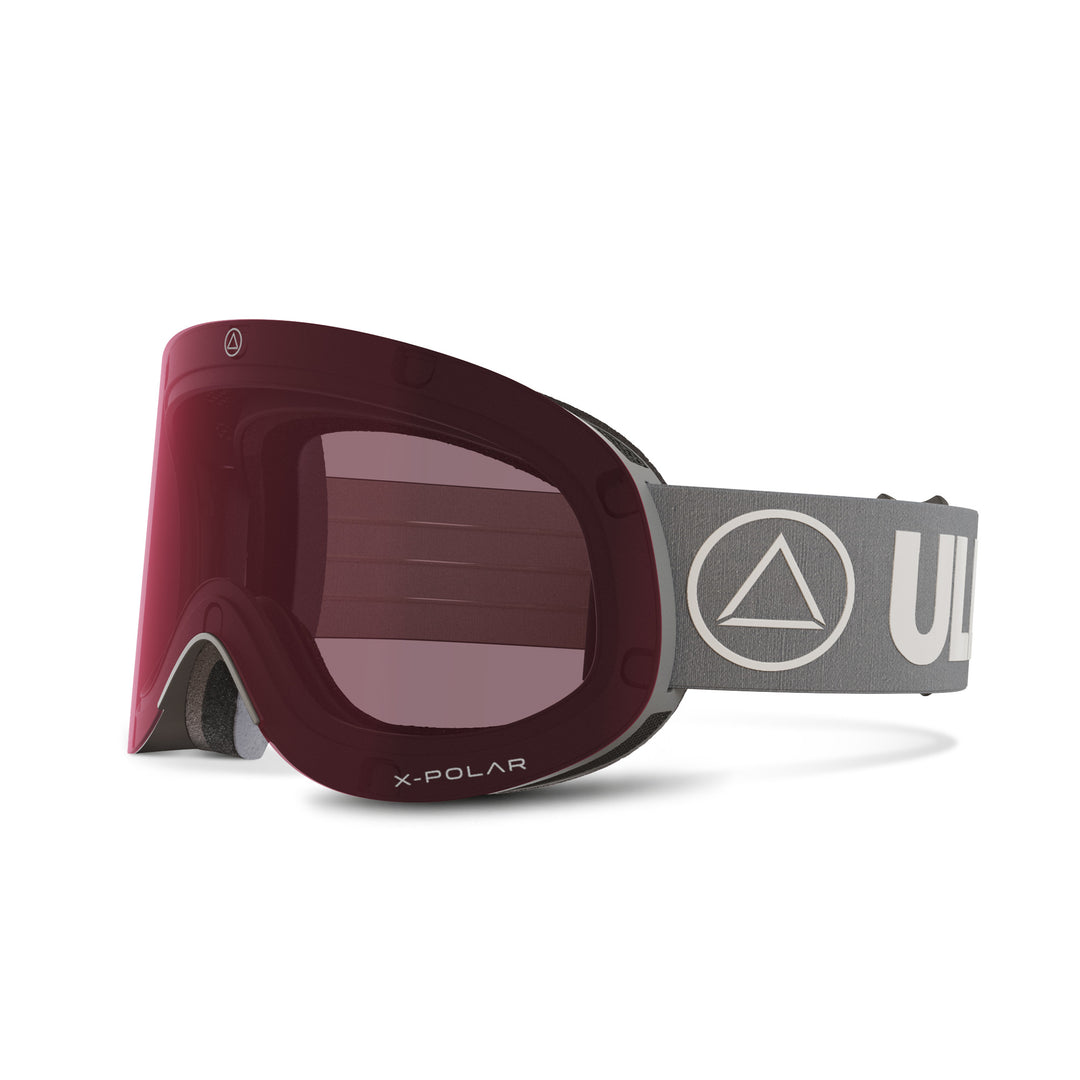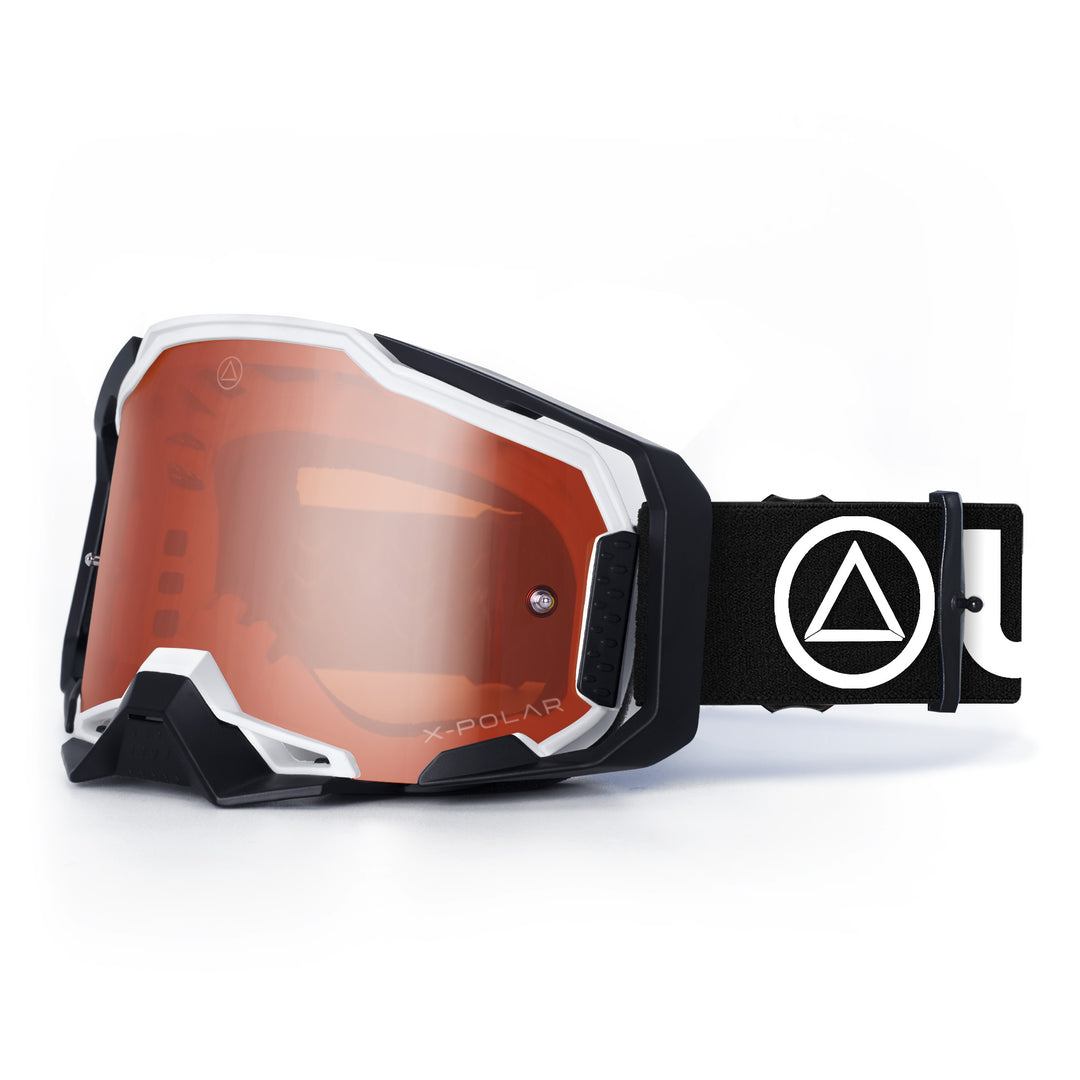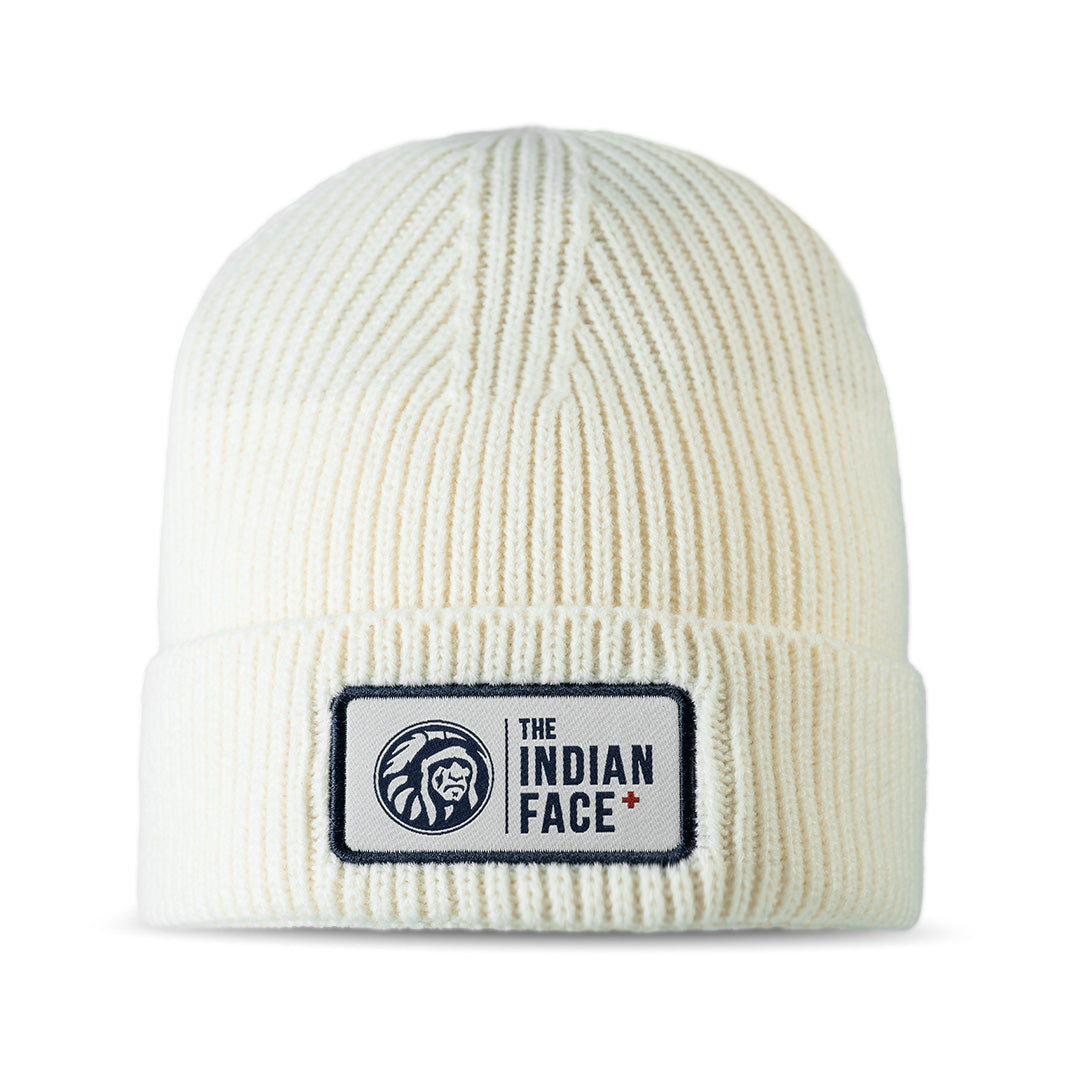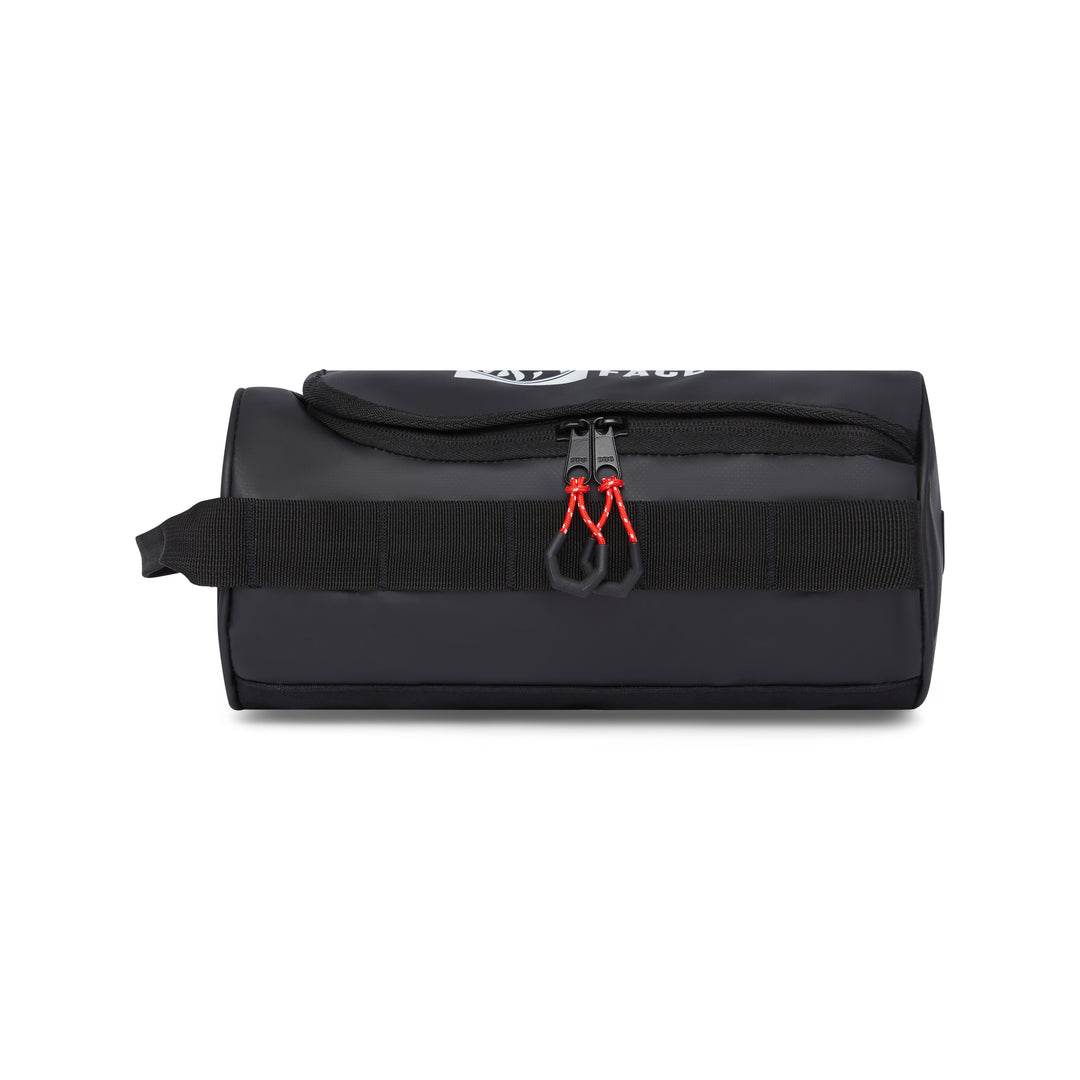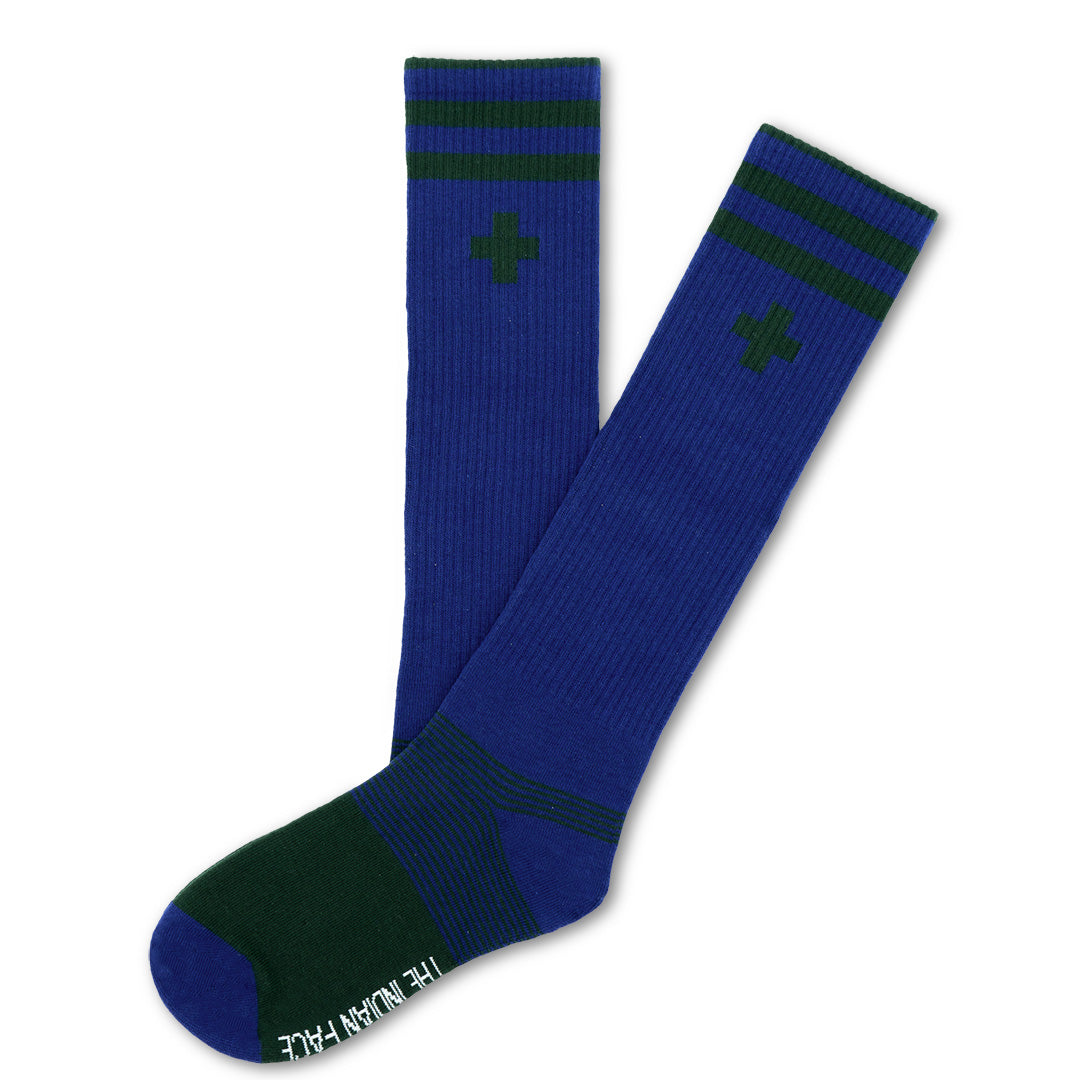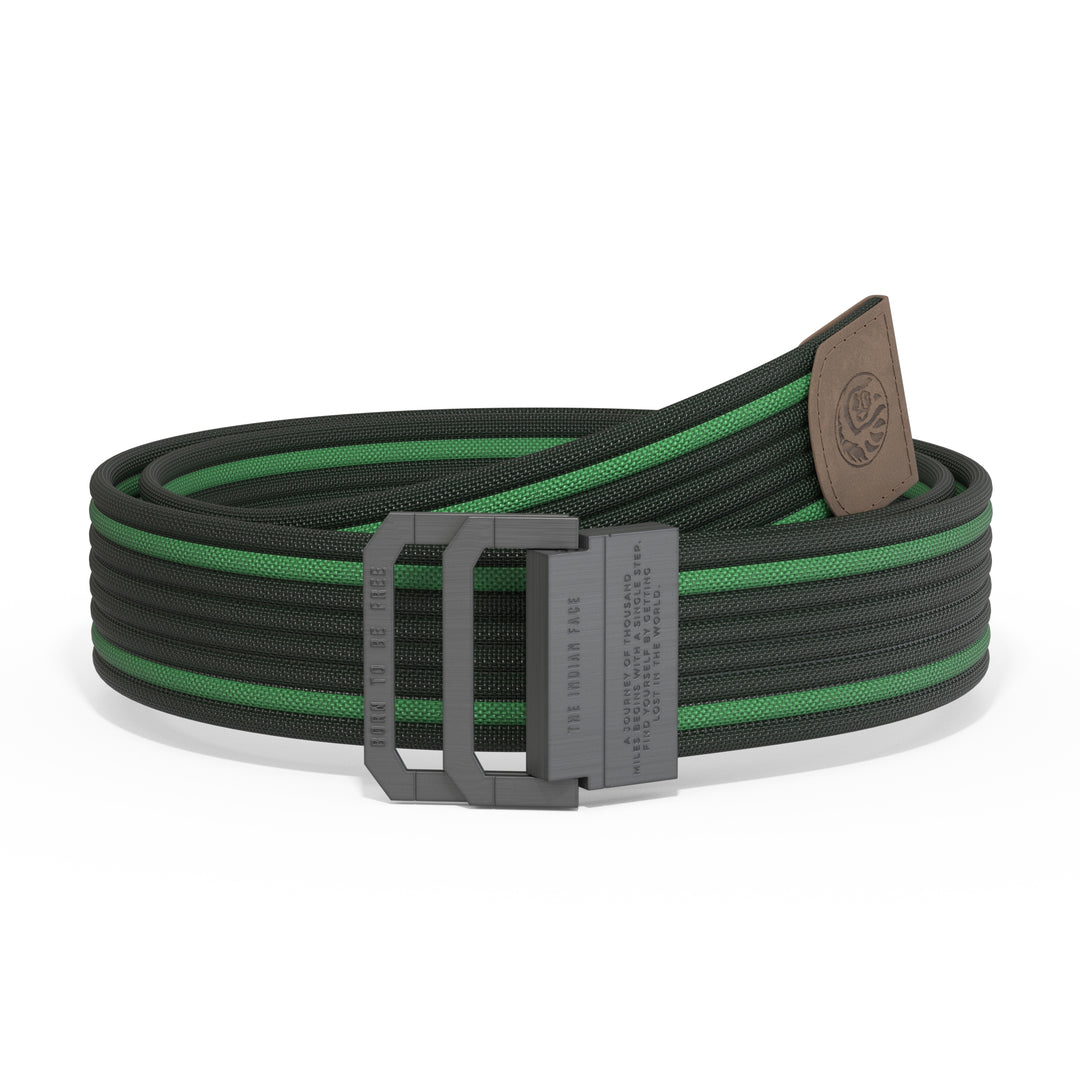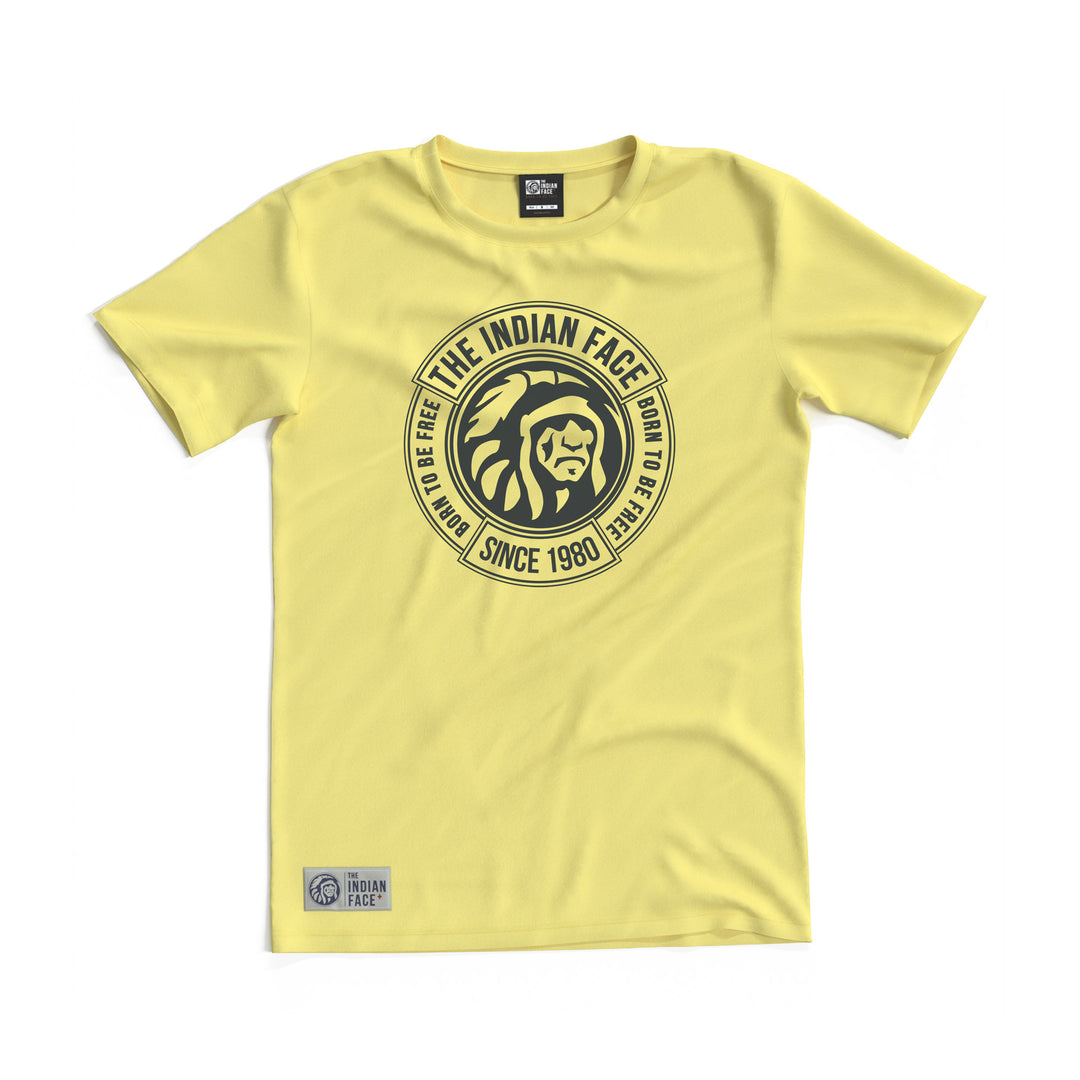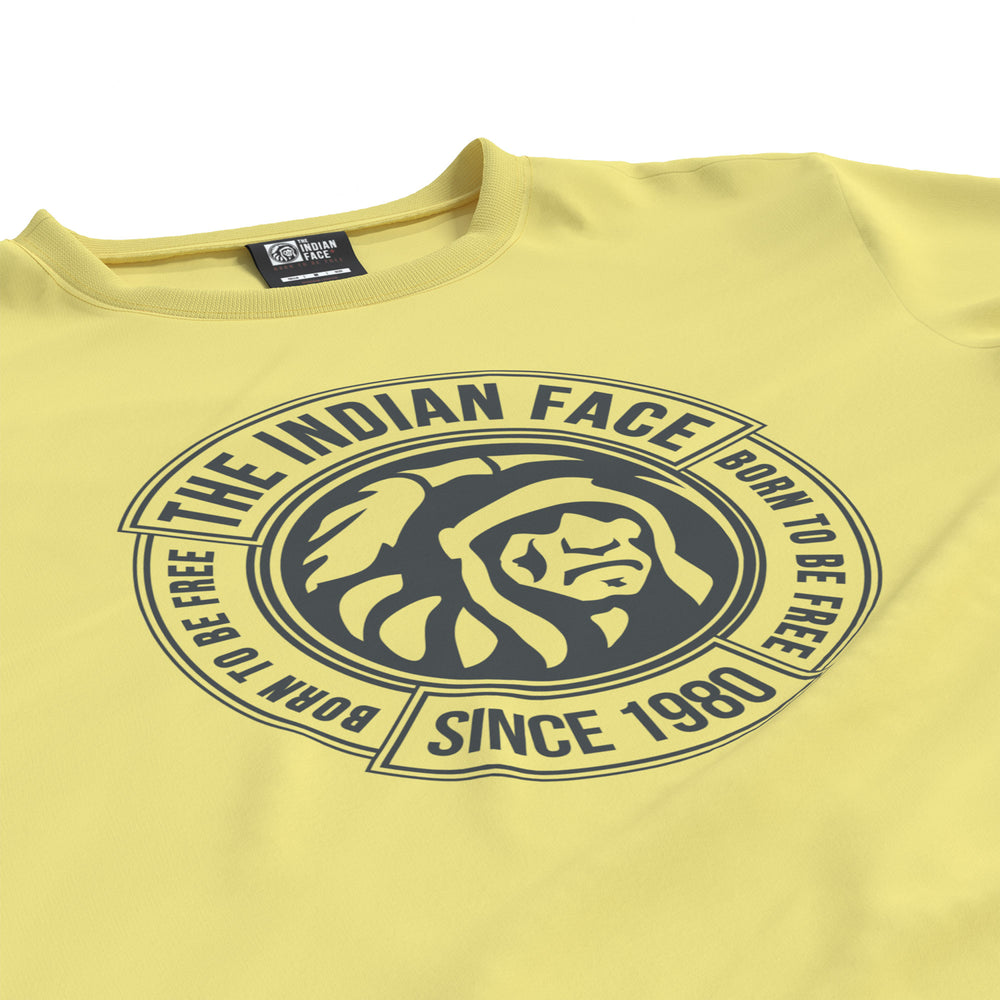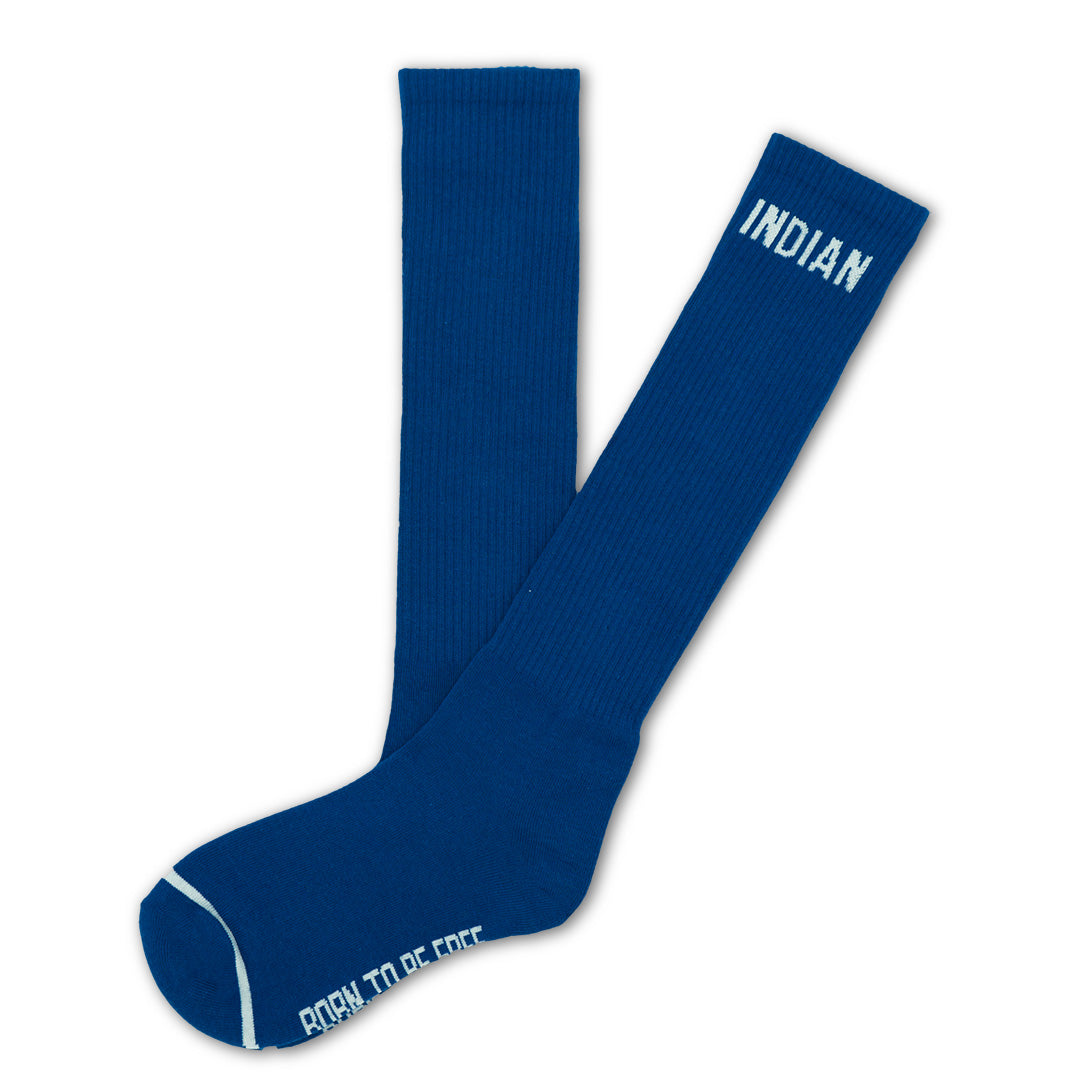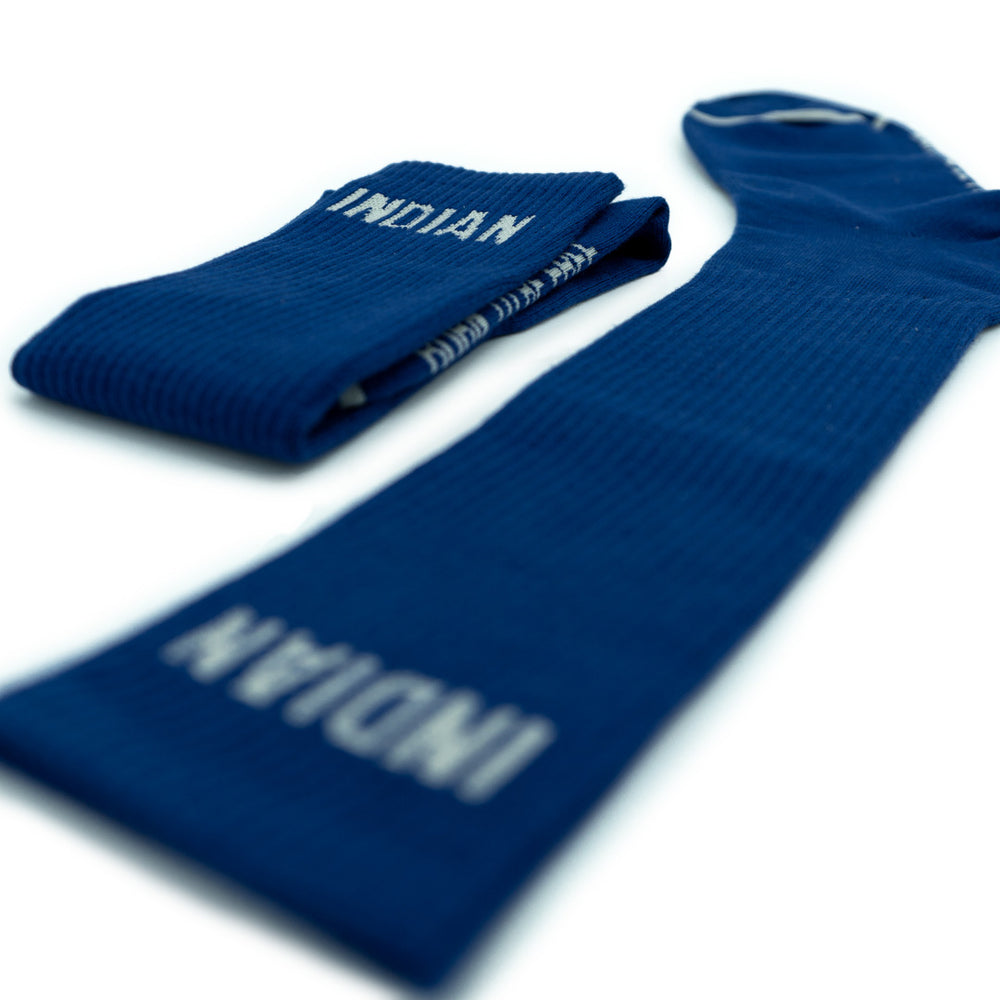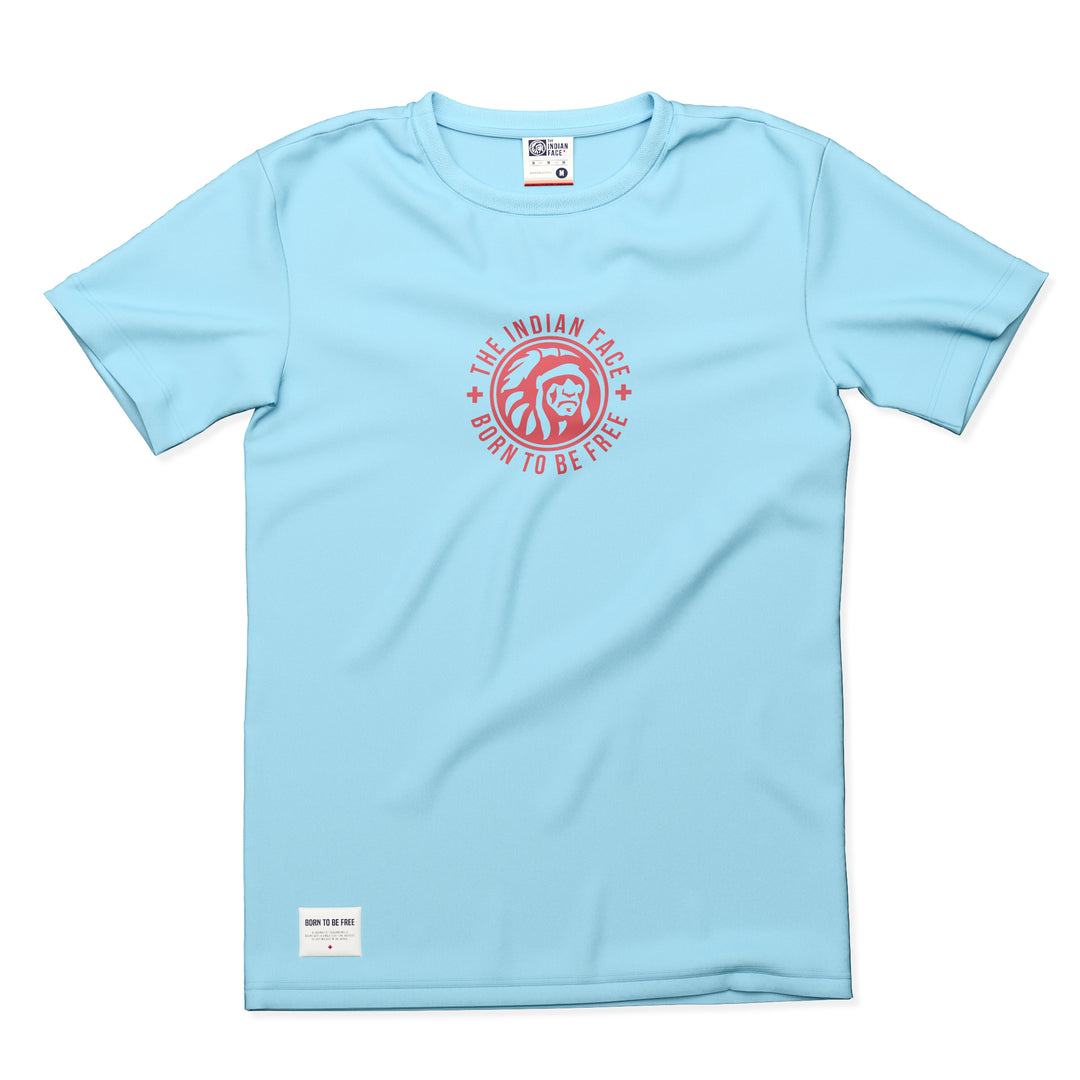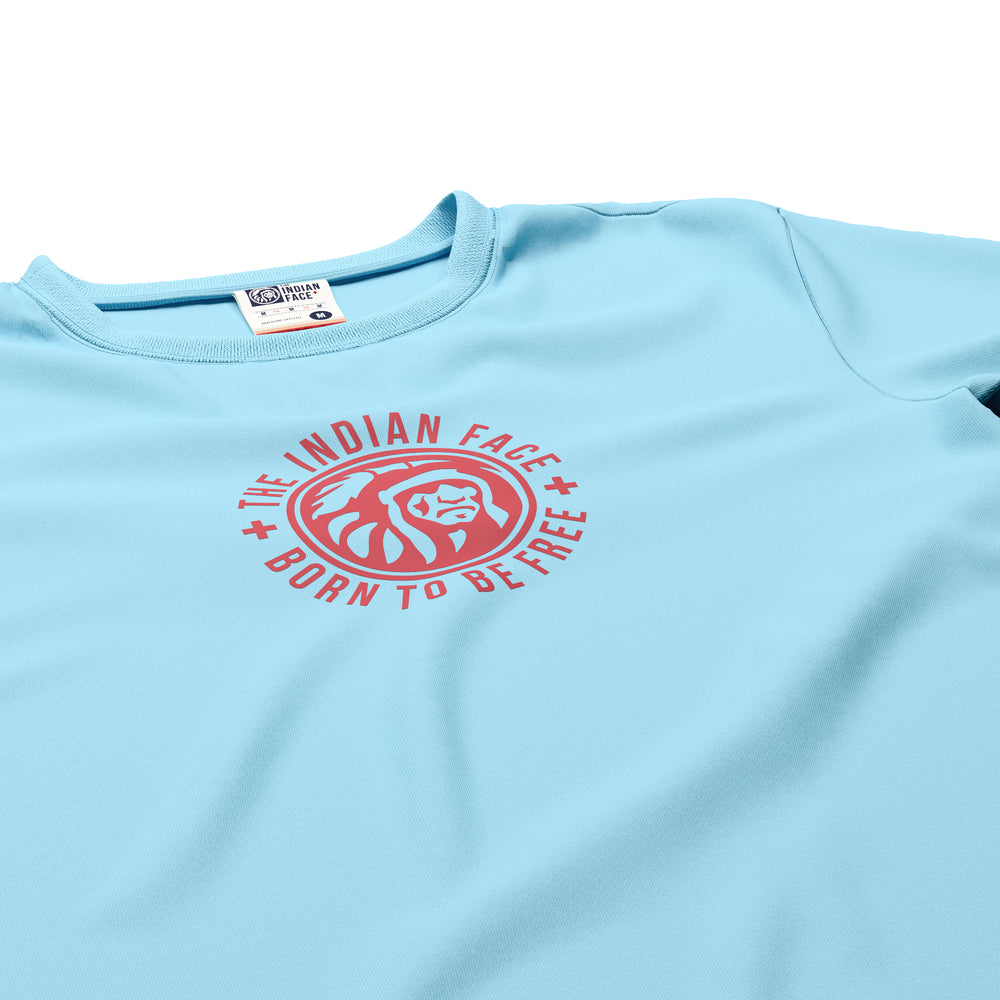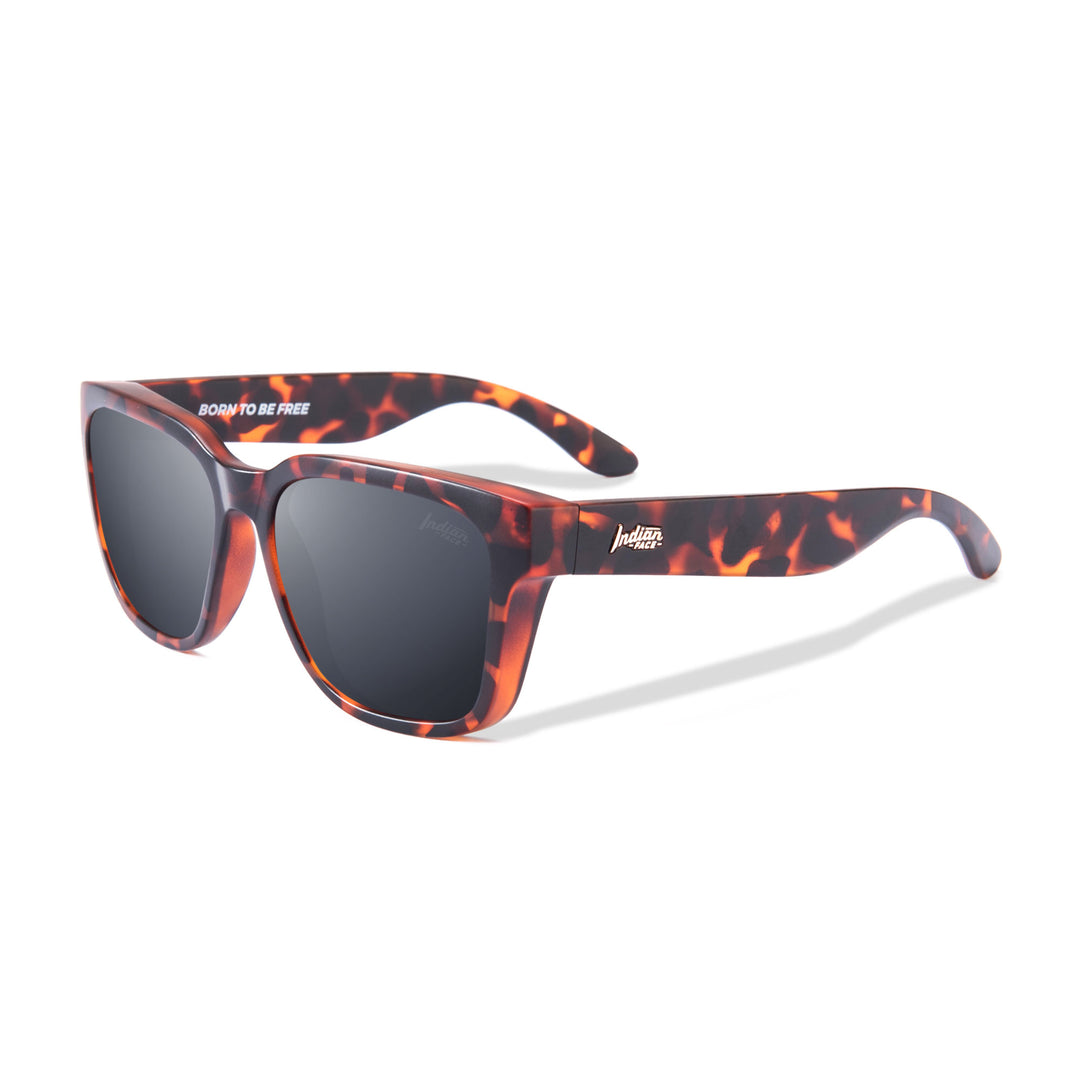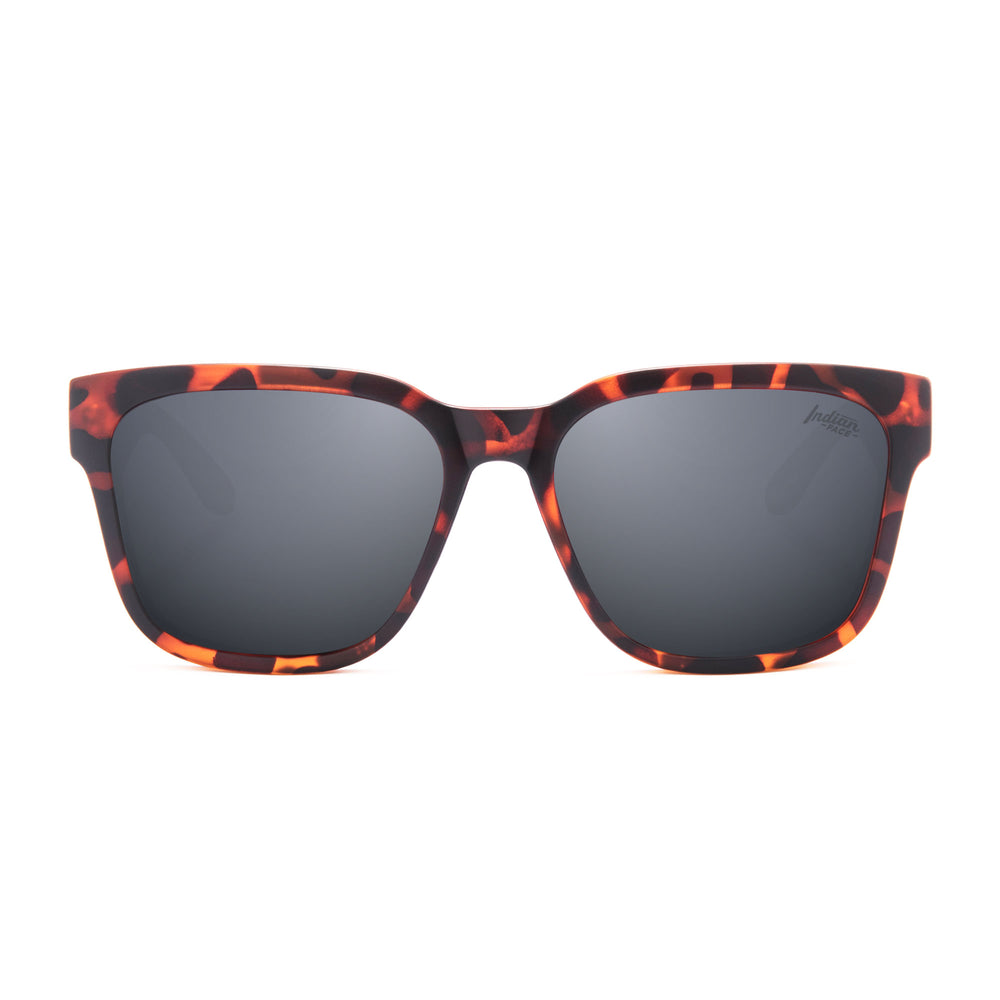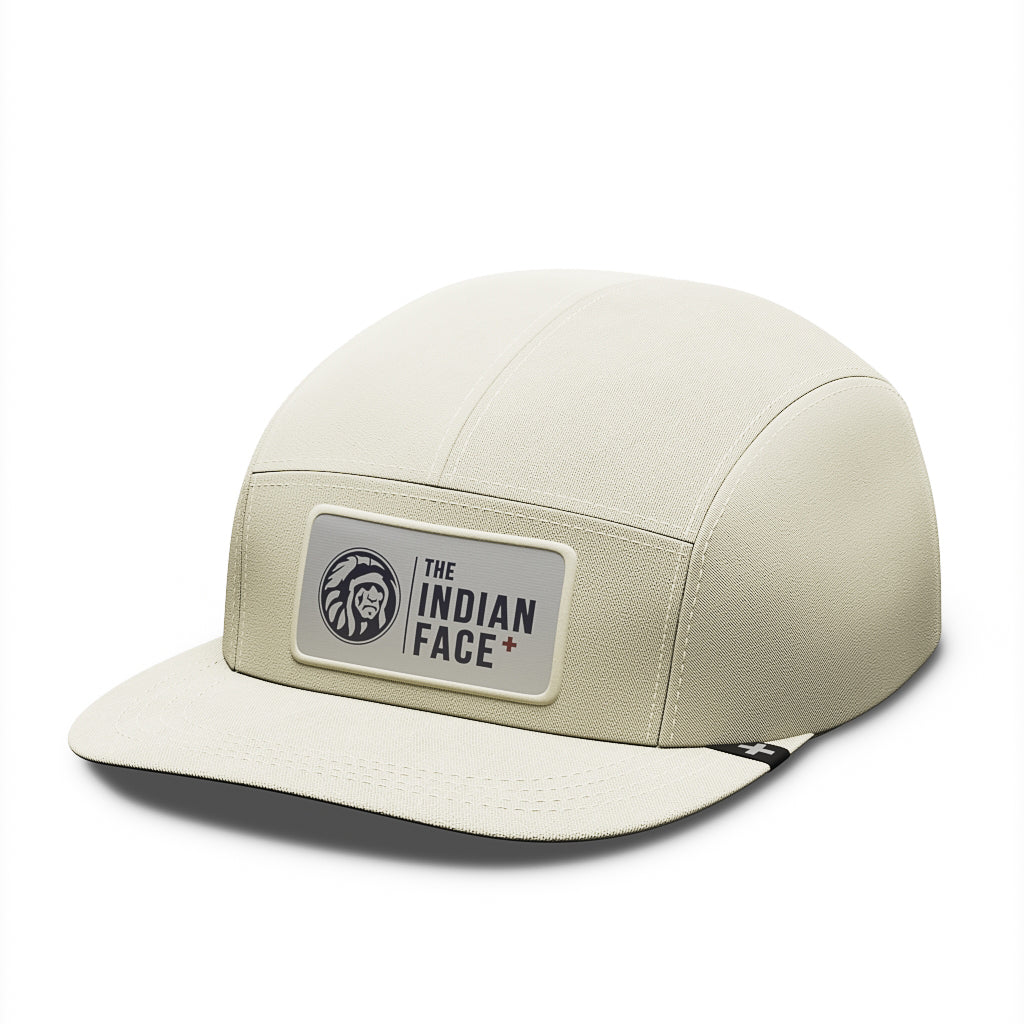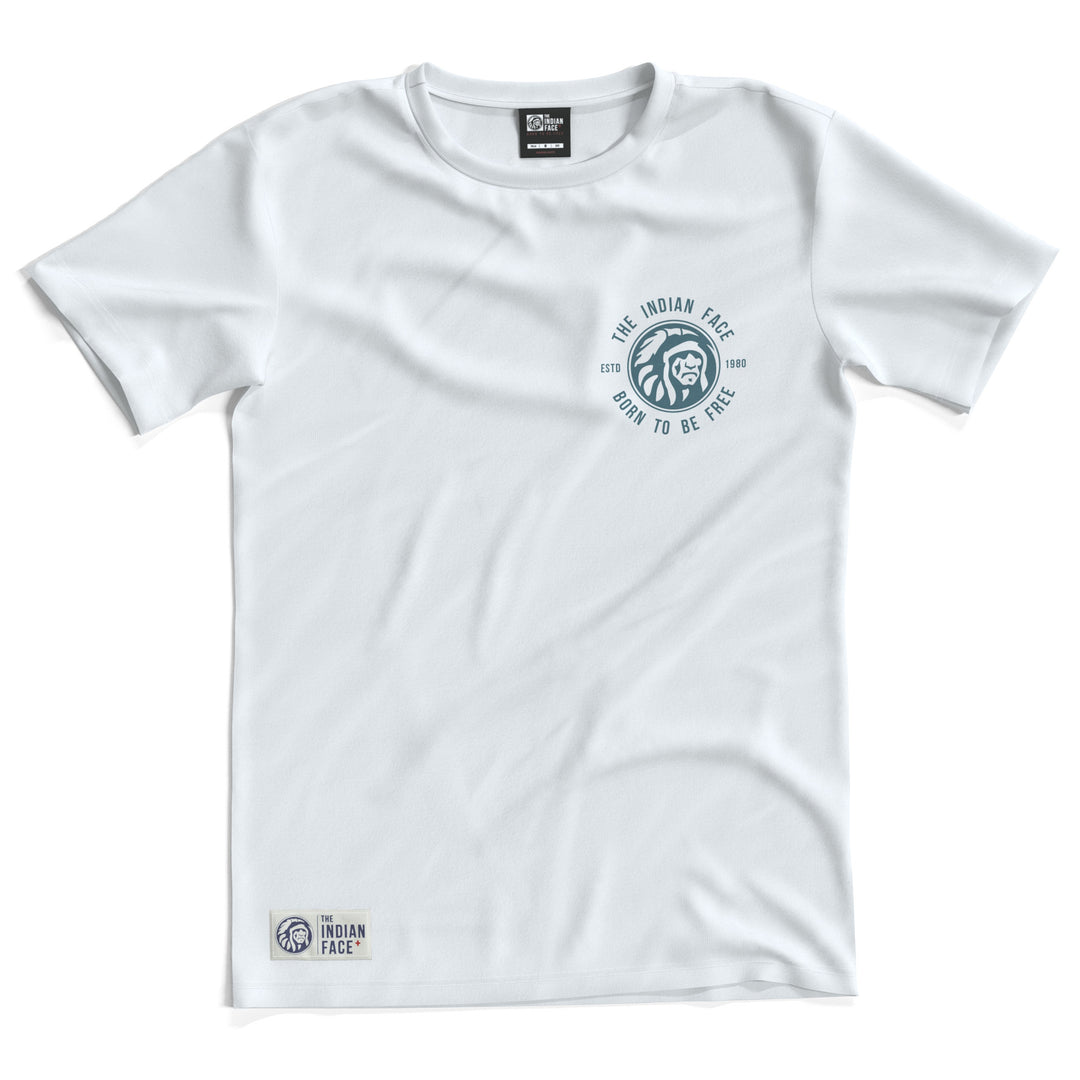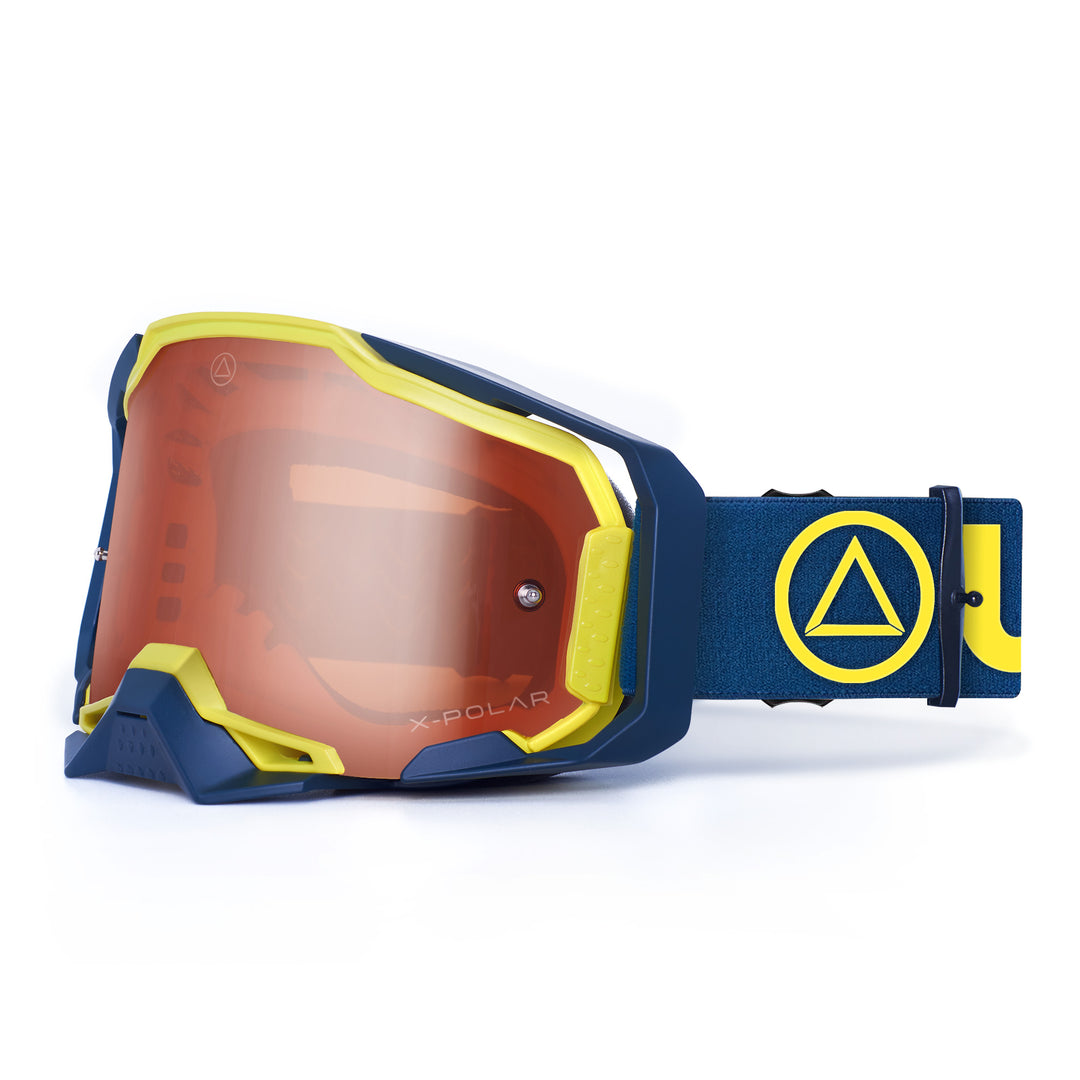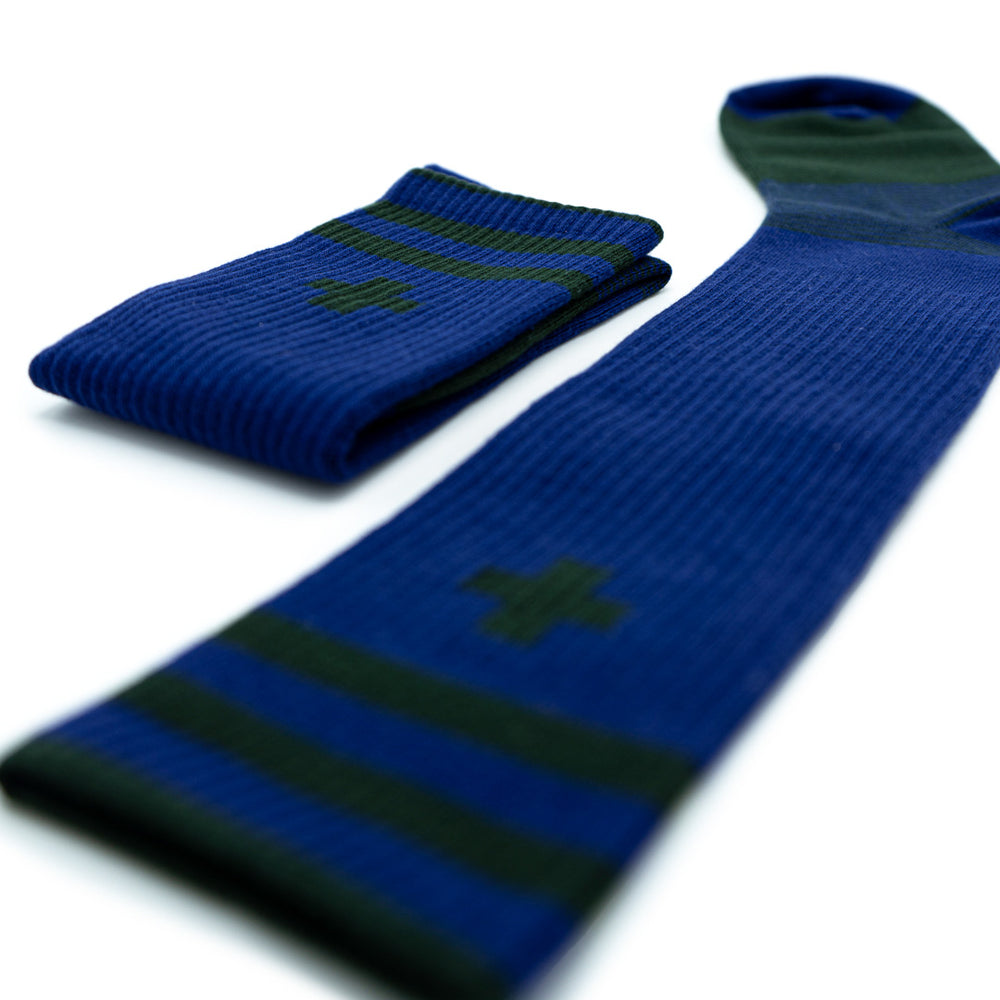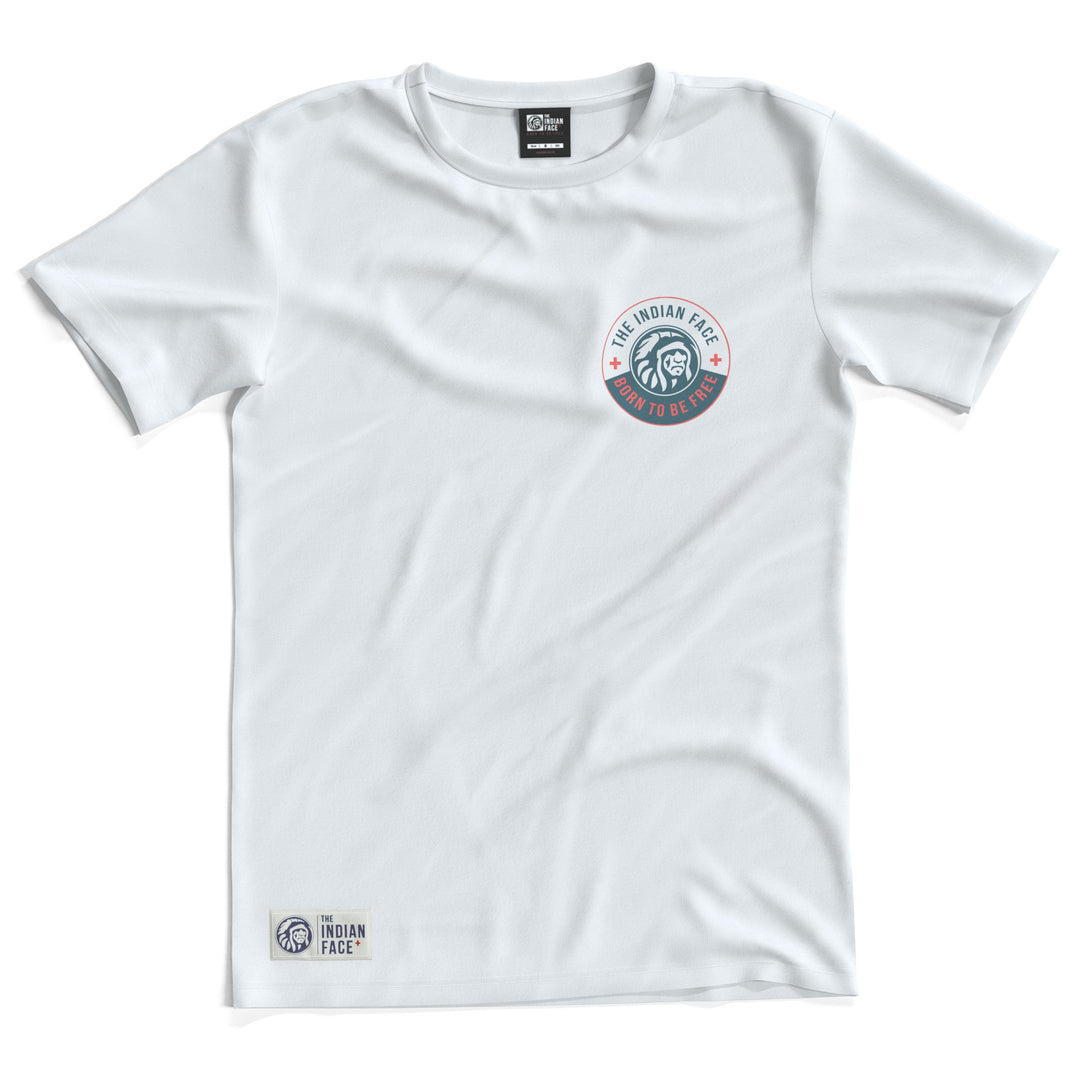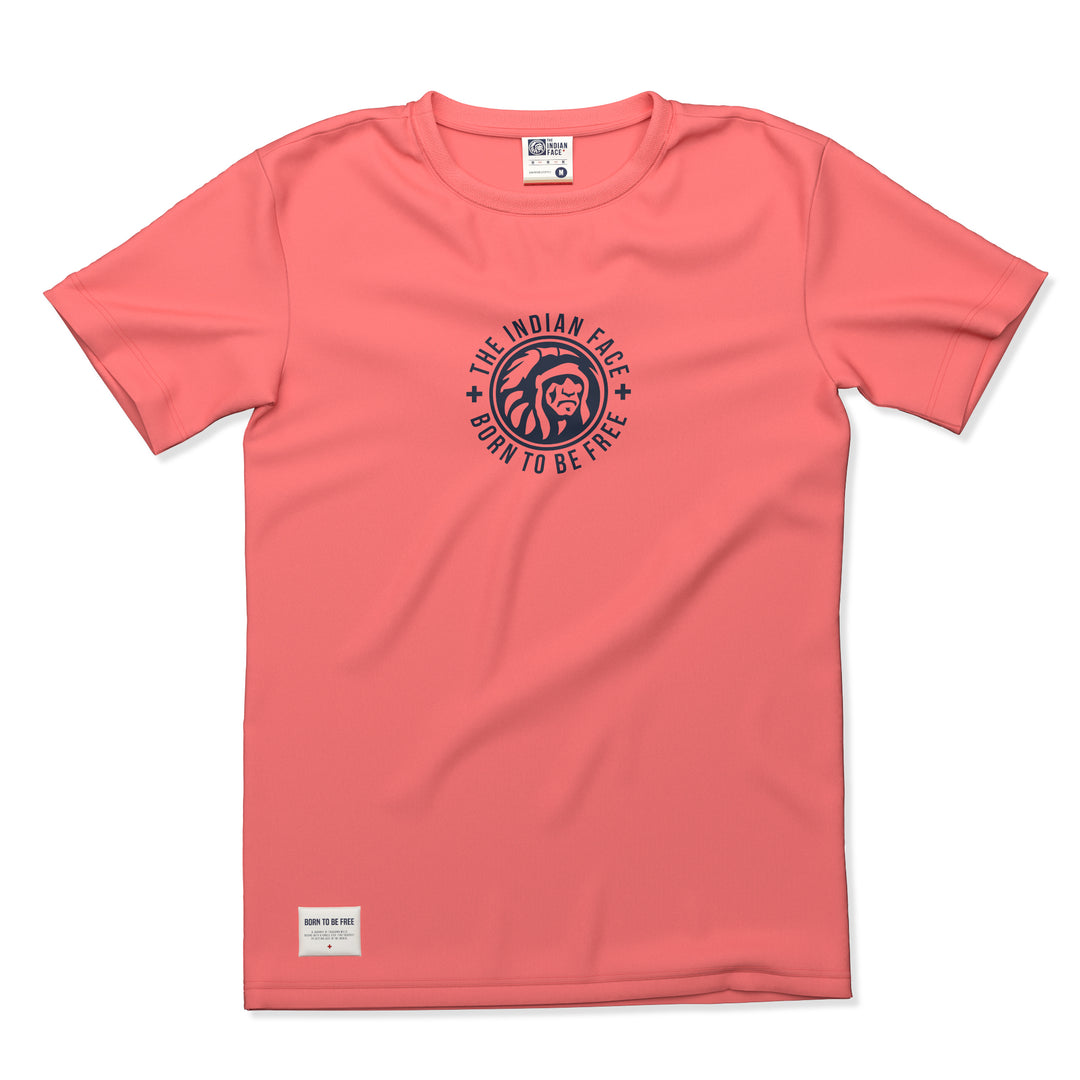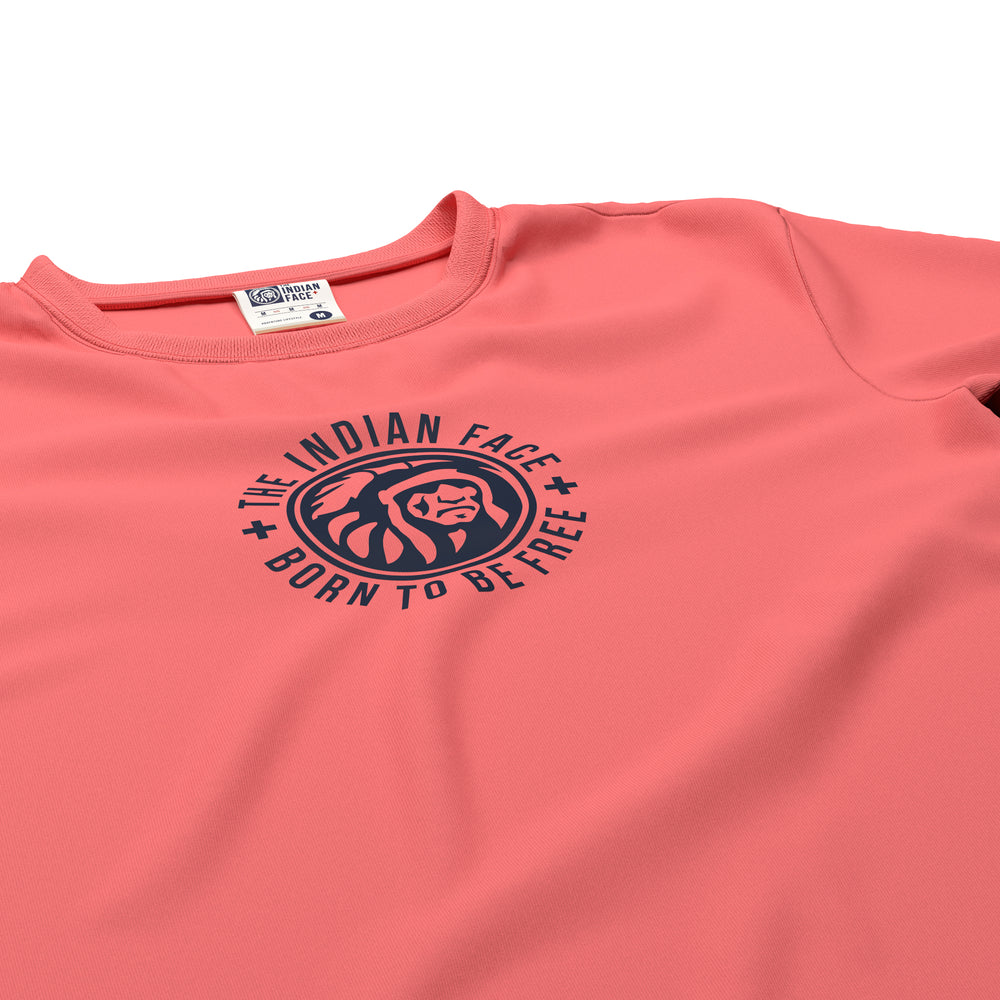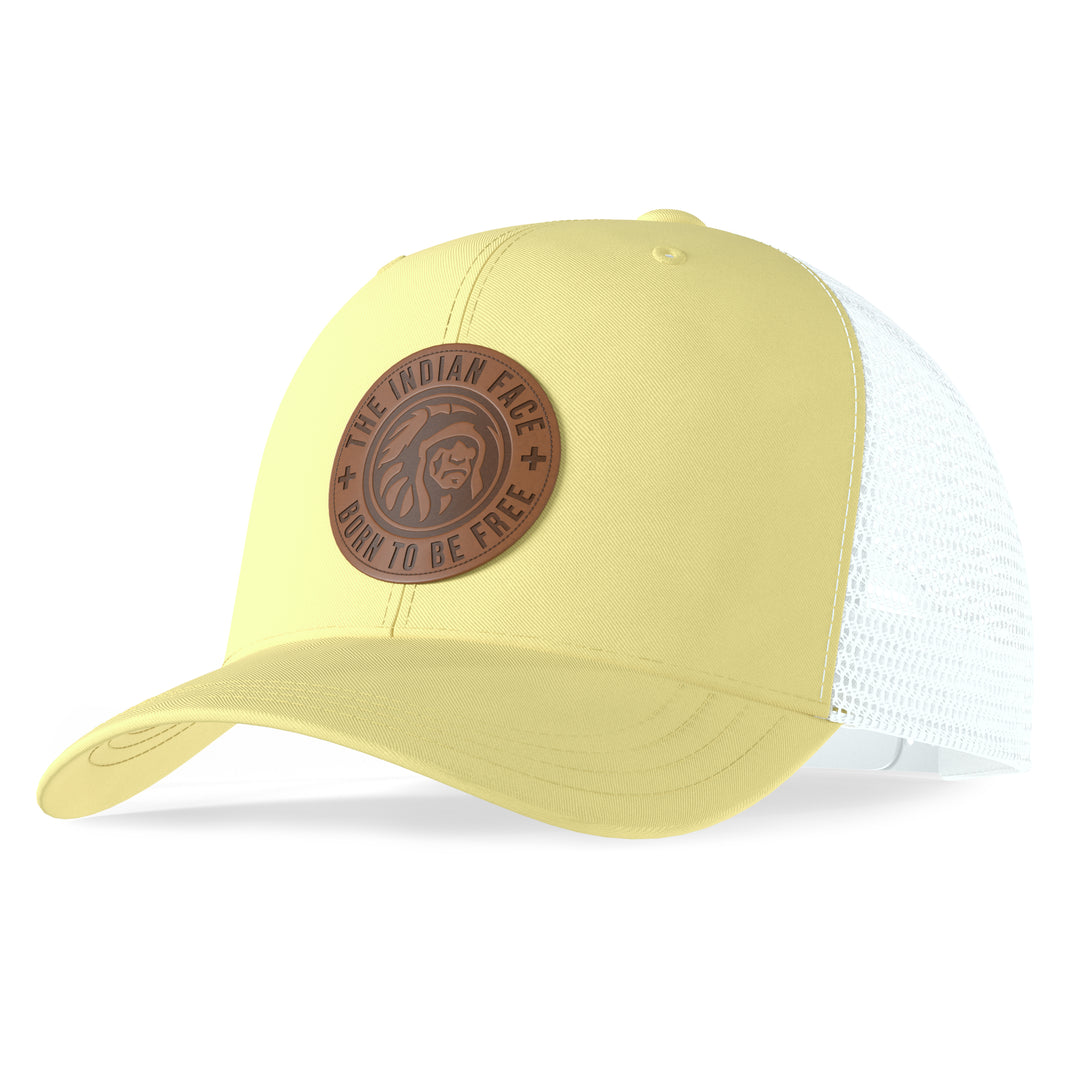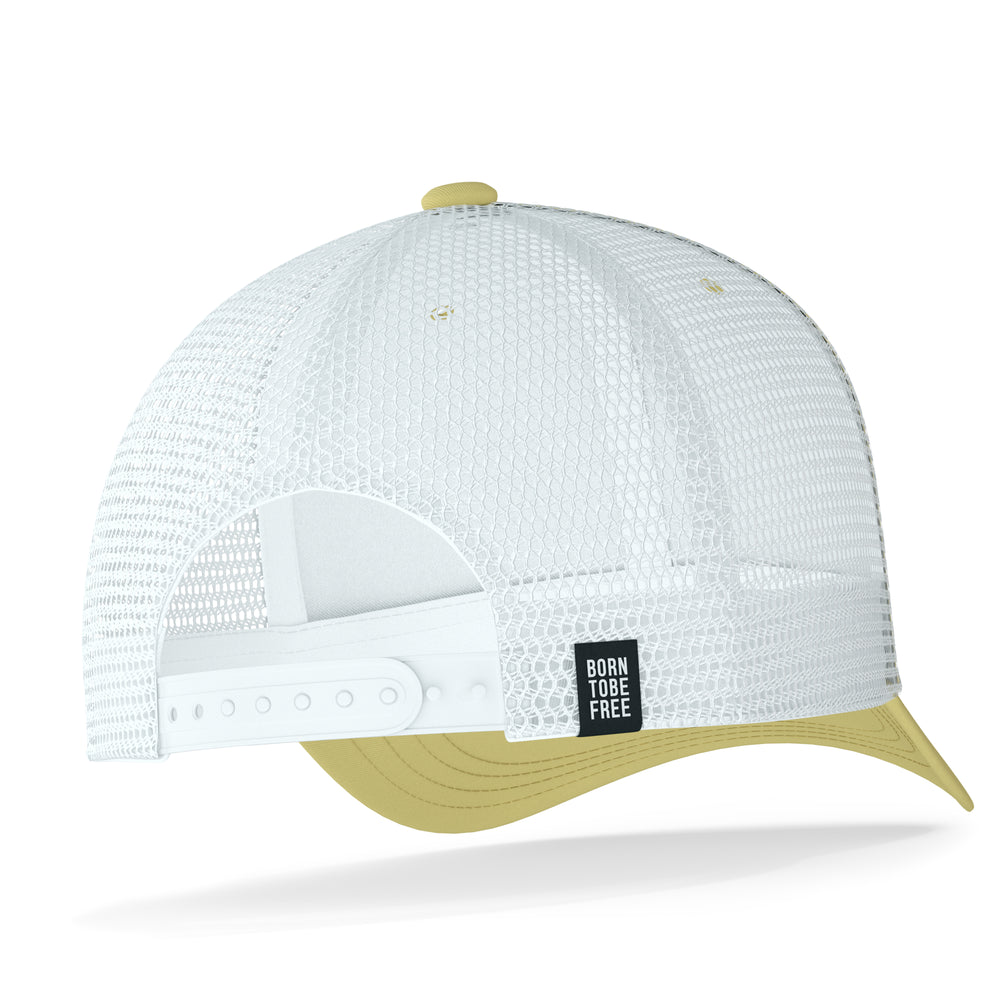
Fashion in the future: we give you some clues
How do you think they would imagine the fashion of the year 2000 in the 30s? Do you think they would be wrong? Or do you think that his imagination corresponds to the current reality?
Judge for yourself in the following video, made in 1939 and titled Clothing of the Future. We are not very sure that at that time they were correct in their predictions:
After seeing this, we've been doing some research and we'd like to give you some clues about what fashion might look like in the future or, at least, what kind of innovative clothes we'll be able to see and wear within a time. we started.
Antibacterial socks
There are already antibacterial products on the market, but how can this virtue be transferred to garments that are washed continuously? The answer lies with the Aegis Microbe Shield textile system. This system is made up of micropolymers that behave like blades that dig into bacteria and eliminate them by mechanical action, no tissue function is lost and it serves perfectly throughout its useful life.
Another alternative is garments partially composed of metals. Textile engineers from the University of Salamanca ensure that all garments based on metal and with metallic finishes produce an antibacterial effect.
Garments that heat up
Rubbing skin with clothing can produce heat and this phenomenon, known as tribielectricity, is precisely what Thermolactyl takes advantage of when applied to clothing. It is a synthetic fiber, derived from PVC, developed during World War II, it was used for the uniforms of British soldiers.
Clothes that cool
In the opposite case, a solution is to remove all clothing. But if that alternative is not viable, you can go to smart fabrics. PCM microcapsules are made of a material that, surrounded by a membrane, is capable of transforming from pure to liquid in a range of temperatures similar to those of the human body. It works as follows: if you put on a shirt made of this material and start running, when you start to sweat the alkanes melt, they absorb heat without changing temperature and extract excess heat from the body. If you then stop and sit down to rest, these microcapsules solidify and expel the heat, returning it to the body. Curious, right?
Clothes that smell, change color or relax
Today there already exist compounds that can be microencapsulated and introduced into fabrics to add aromas, cosmetics or even pigments capable of varying their color with light. The applications of these techniques are not very useful, they have a more recreational purpose. What happens is that they have certain limitations, since both the aromas in the fabrics and the dyes in the clothes do not last forever, they wear out and stop working.
Of course, many of these products go out of development or production due to their lack of usefulness or because they turn out to be scientific fiascos. But textile producers do not stop researching innovations of this type.
Electronic devices to wear
Luminescent clothing, garments with LEDs, with fiber optics or T-shirts with flexible screens capable of changing the designs whenever their owner wants. It is undoubtedly one of the most interesting fields right now in the textile industry. The main innovation has been that it is no longer necessary to attach electrodes to clothing, but the electrical circuits are part of the fabric itself. Advances are being made but the truth is that they are still projects under development in laboratories, we must remain attentive to see how these technologies applied to clothing and fashion evolve.
Anti-stain garments
To develop garments that fight stains on their own, we must turn to nanotechnology. Now it is possible to create garments from fabrics coated with nanoparticles that allow the manufacture of waterproof clothing or that do not allow dirt to penetrate, thus always keeping them clean. The bad? The high cost of this technology means that, at the moment, clothing of this type cannot be marketed.




